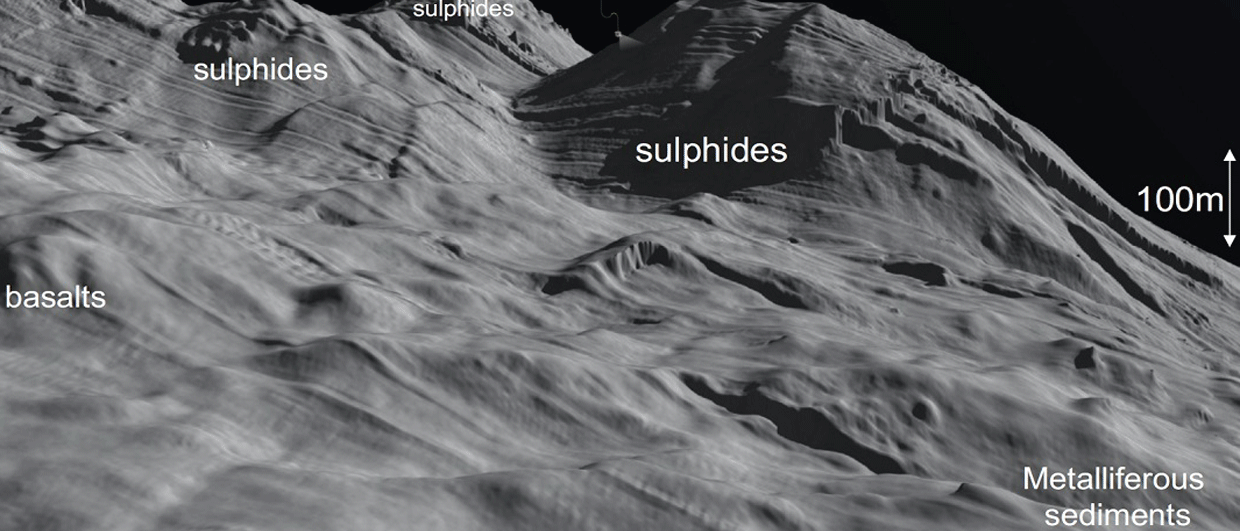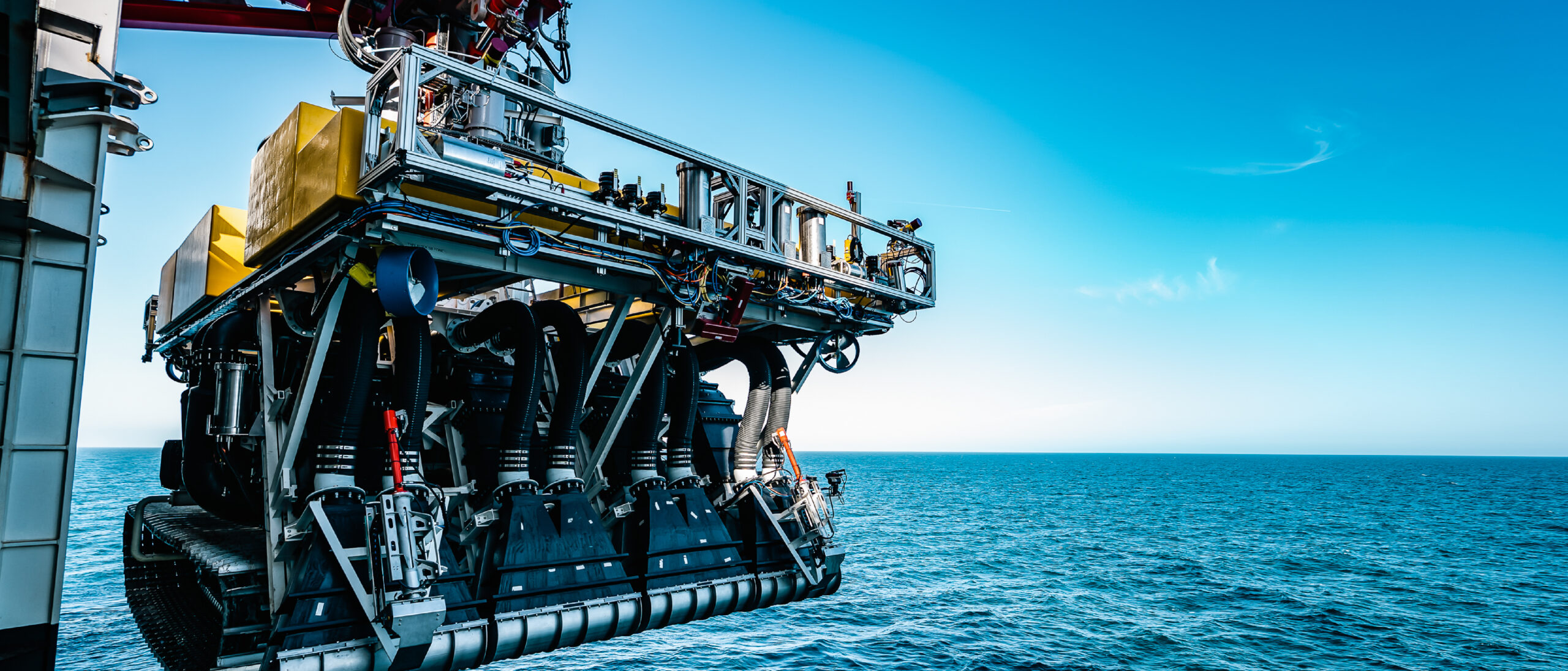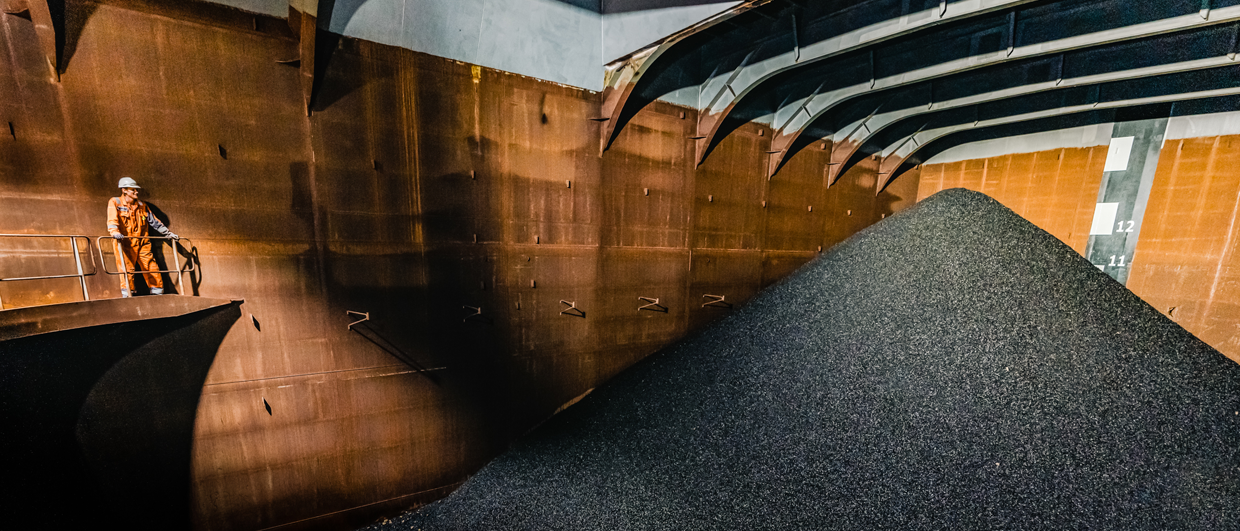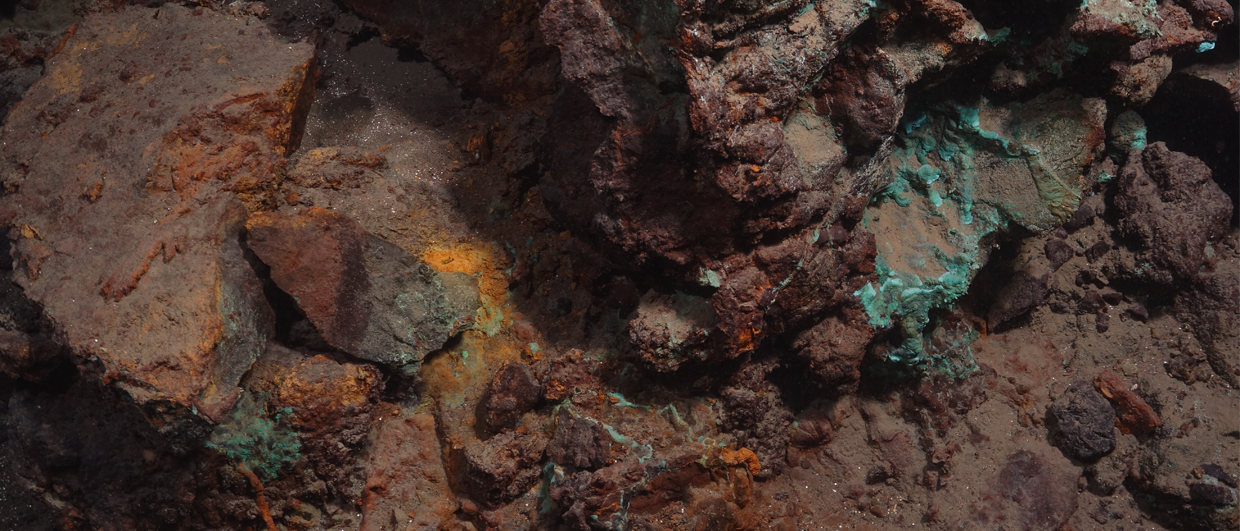Researchers have identified several mounds on the seafloor at approximately 13° N along the Mid-Atlantic Ridge, which is at a latitude similar to that of Senegal. These mounds represent the largest known deposits of seafloor massive sulphides (SMS) found to date.
The mounds measure up to 300 m in height and almost half a kilometer in width. Initial estimates suggest they contain at least 100 million tonnes of sulphide. For comparison, the SMS deposit Mohns Treasure, located on the Mohns Ridge, is believed to contain about 2.2 million tonnes of sulphide ore.
These mounds are part of the Semenov hydrothermal field cluster, which has been regularly visited by researchers involved in the ULTRA project. The project members have collected a variety of data from the sites, using high-resolution seafloor mapping, remotely operated vehicles, seafloor drilling, sediment coring, sub-seafloor imaging by seismic reflection and refraction, and sub-seafloor resistivity surveys using controlled source electromagnetics.
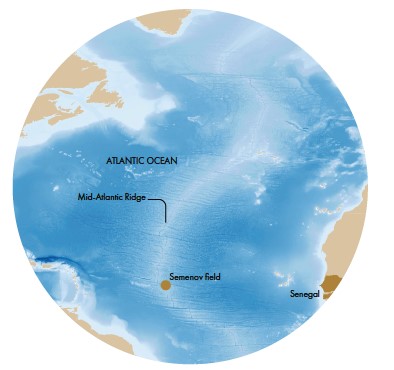
Mantle exposed at the seabed
The researchers propose that the vast amounts of accumulated sulphide material can be explained by the presence of an oceanic core complex (OCC). OCCs form on the flanks of mid-ocean ridges where detachment faults exposes ultramafic rocks (mantle rocks) at the seabed.
The study suggests that detachment faults create ideal conditions for large SMS deposits by sustaining geothermal activity, maintaining high temperatures, and keeping fluid pathways open. These processes make OCCs promising targets for future deep-sea mineral exploration.
OCC formation is common at slow-spreading ridges, such as the Mohns Ridge, suggesting excellent potential for sulphide deposits in the Norwegian exclusive eco-nomic zone.
THE HYDROTHERMAL PARADOX
Hydrothermal seafloor massive sulphide (SMS) deposits are formed by seawater circulating through the hot rocks beneath the ocean floor at mid-ocean ridges, where they strip out various elements, particularly metals, which are then deposited at the seabed as they emerge and cool at hot water vent systems.
Most of these vent systems have been within the active volcanic zone at the ridge axis. Recently, though, vent systems have been found at large faults which expose rocks of the oceanic mantle at the seabed.
This presents a paradox: Most of the vents occur at very active ridges with fast spreading rates, but the largest hydrothermal SMS appear to occur on these detachment faults (also called oceanic core complexes), at “amagmatic” ridges with slower spreading rates, and very limited volcanic activity. Source: ULTRA

